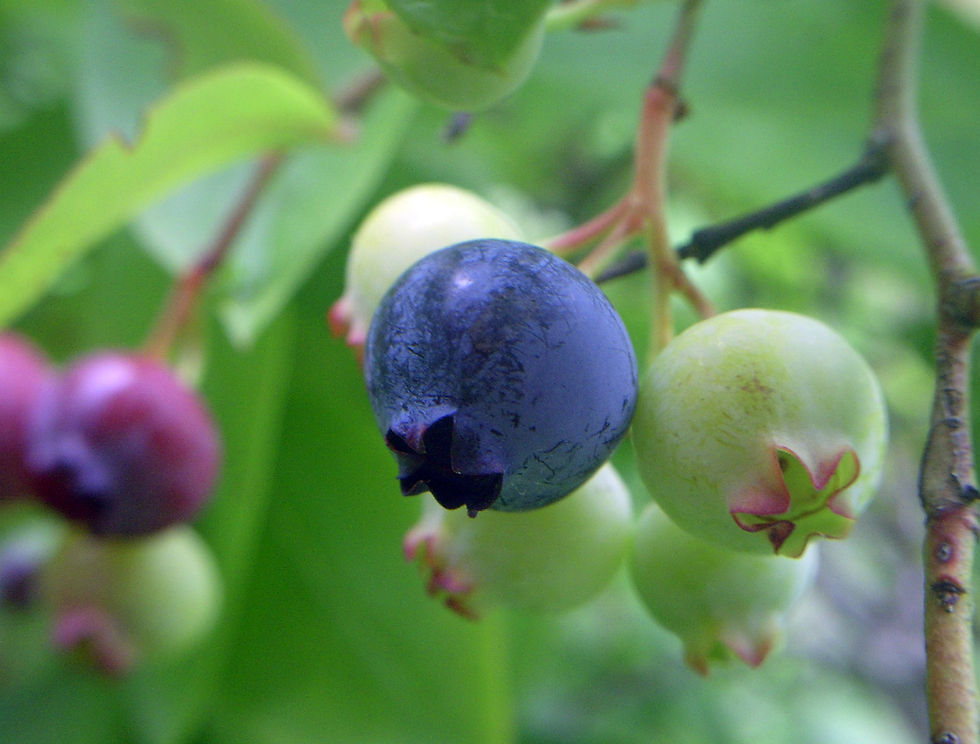Silky Willow, a Spring Shiner
- Jennifer Anderson

- Mar 12, 2022
- 2 min read
Updated: Apr 22, 2024

Willows epitomize the natural world: long, flowing stems and leaves blowing in the breeze, and gloriously humble late-winter catkins. These grayish rabbit paws virtually shine on a sunny day; a glowing harbinger of spring. When I see those fluffy catkins, I imagine birds plucking the soft material for nesting.
The most popular of the native willows is the pussy willow (Salix discolor, pictured, Pixabay). But there are others worthy of attention; among them, Salix sericea, the Silky Willow, complete with catkins resembling those of its cousin.
A sheer beauty in the willow world, Silky Willow features orange-ish buds and white flowers that spring forth in March, ripening in June and releasing tiny seeds. With routine pruning it is relatively easy to control its size and spread.
Silky Willow prefers a sunny or partly sunny spot and grows 6 to 12 feet tall and wide. Like most willows, it likes wet feet. Any damp area in the yard will do, although they fit particularly well along ponds and stream banks where their deep roots help hold the soil.
Got Russian Olive? The Silky’s narrow, silky leaves and greenish flowers make this shrub a particularly good alternative to the nonnative and invasive Eleagnus angustifolia, which plows down all the natives in its path, eliminating precious food for pollinators.
Meanwhile the Silky attracts a host of native pollinators, notably the Acadian Hairstreak (Saturium acadica--pictured, Rawpixel).

It also supports Viceroy (Limenitis archippus) larvae, and native and honey bees pollinate its flowers. Wildlife use the Silky for nesting.
The disadvantages: Hummm. Short supply. They do benefit from winter pruning – to maintain their shape and encourage new shoots. Minimal maintenance, really.
Sources:
Salix sericea – Silky Willow. Go Botany Native Plant Trust
Salix sericea – North Carolina Extension Gardener Plant Toolbox
Salix sericea – University of Tennessee Institute of Agriculture. Feb. 18, 2021.





Comments